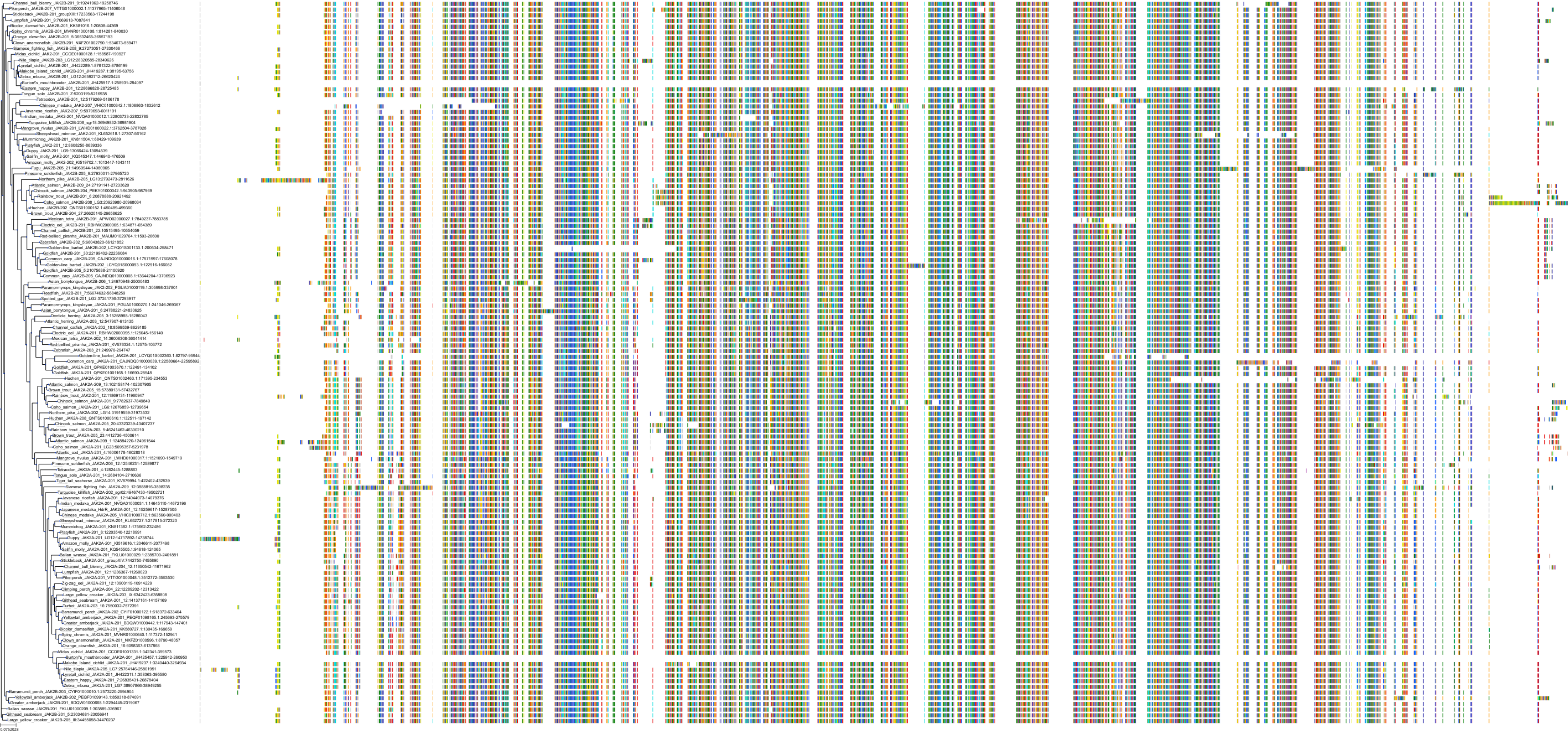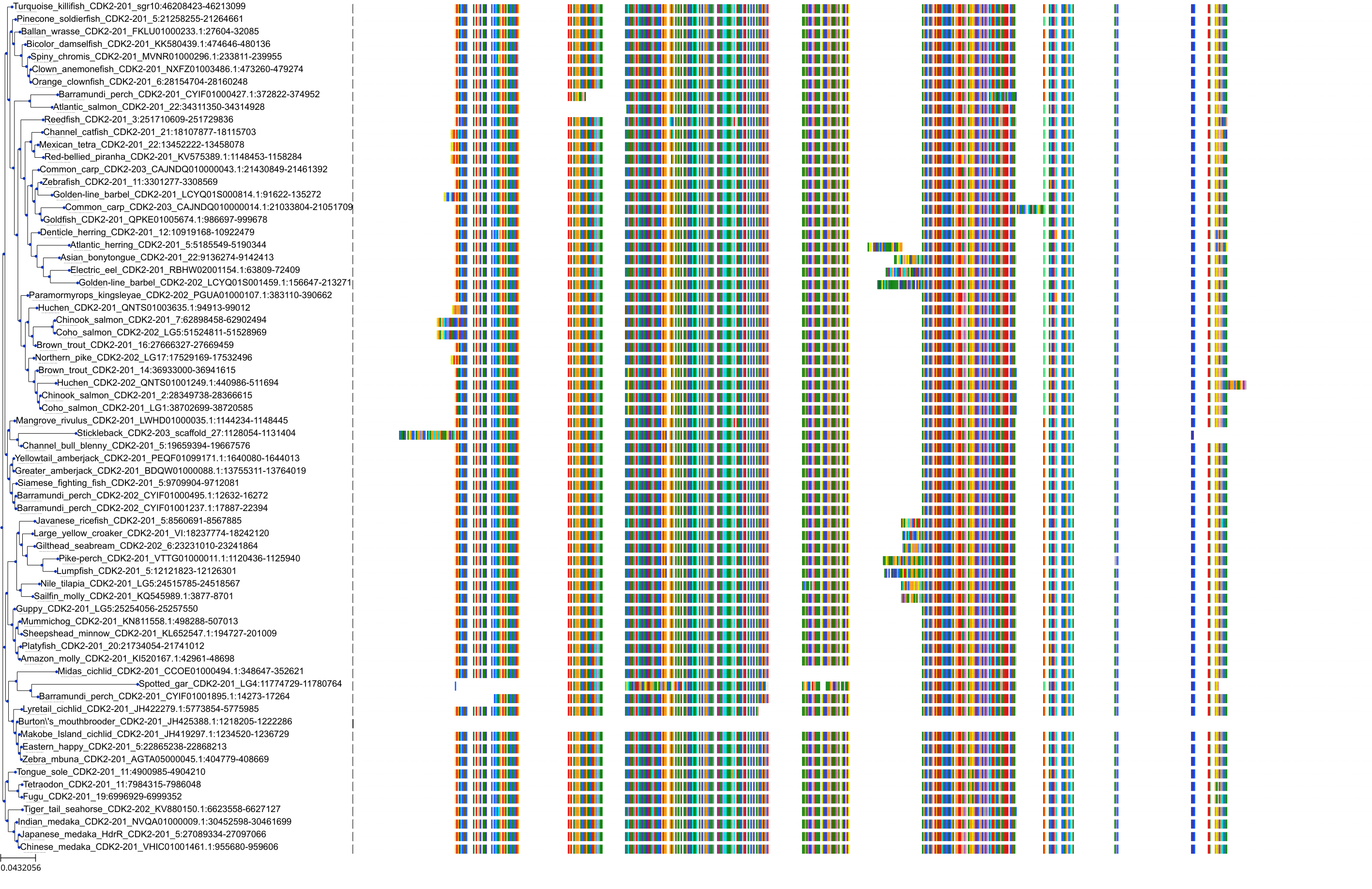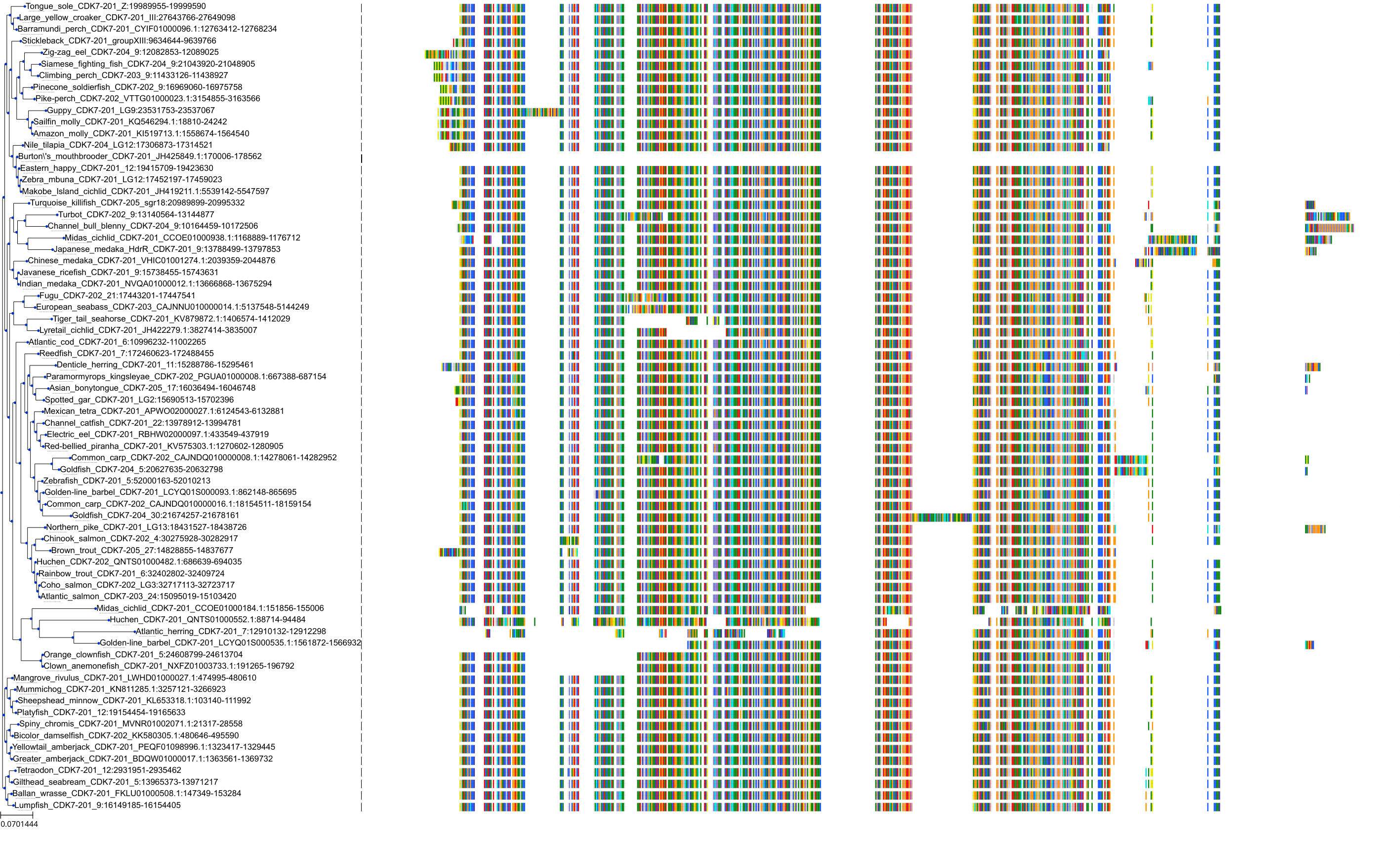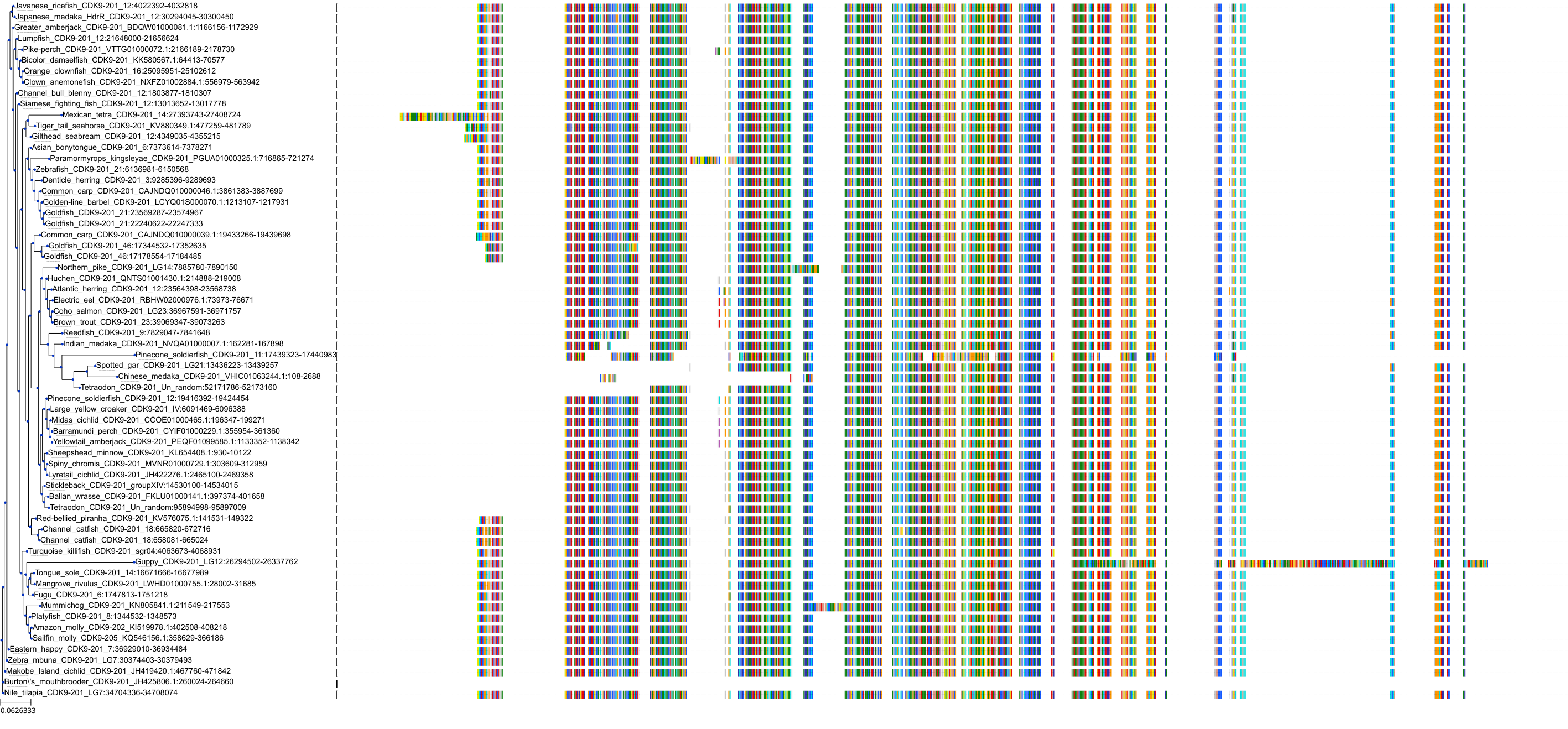|
Inhibition of CYP2D6 in human liver microsomes using dextromethorphan as substrate after 30 mins by LC-MS/MS analysis
|
Homo sapiens
|
950.0
nM
|
|
|
Inhibition of CDK2 in human MV411 cells assessed as Rb phosphorylation after 24 hrs by Western blot analysis
|
Homo sapiens
|
130.0
nM
|
|
|
Antiproliferative activity against human DU145 cells after 48 hrs
|
Homo sapiens
|
140.0
nM
|
|
|
Antiproliferative activity against human COLO205 cells after 48 hrs
|
Homo sapiens
|
72.0
nM
|
|
|
Antiproliferative activity against human Ramos cells after 48 hrs
|
Homo sapiens
|
33.0
nM
|
|
|
Antiproliferative activity against human HCT116 cells after 48 hrs
|
Homo sapiens
|
79.0
nM
|
|
|
Antiproliferative activity against human HL60 cells after 48 hrs
|
Homo sapiens
|
59.0
nM
|
|
|
Inhibition of recombinant JAK2 using poly(Glu,Ala,Tyr) as substrate after 2 hrs by luminescence assay
|
None
|
73.0
nM
|
|
|
Inhibition of recombinant Flt3 using poly(Glu,Tyr) as substrate after 2 hrs by luminescence assay
|
None
|
56.0
nM
|
|
|
Inhibition of recombinant Cdk2/cyclin A using RbING as substrate after 2 hrs by luminescence assay
|
None
|
13.0
nM
|
|
|
Inhibition of human recombinant FLT3 after 1 hr by LanthaScreen assay platform
|
Homo sapiens
|
42.0
nM
|
|
|
Inhibition of human recombinant JAK2 using Z'LYTETry6 peptide substrate after 1 hr by microplate reader
|
Homo sapiens
|
170.0
nM
|
|
|
Inhibition of human recombinant GST-tagged JAK2 expressed in baculovirus expression system
|
Homo sapiens
|
73.0
nM
|
|
|
Inhibition of CDK1 (unknown origin)
|
Homo sapiens
|
3.0
nM
|
|
|
Inhibition of human recombinant N-terminal GST-tagged FLT3 D835Y mutant expressed in baculovirus infected Sf21 insect cells using abltide as substrate
|
Homo sapiens
|
21.0
nM
|
|
|
Inhibition of recombinant human full length C-terminal His6-tagged CDK3/N-terminal GST-tagged cyclin E expressed in baculovirus infected Sf21 insect cells using Histone H1 as substrate
|
Homo sapiens
|
3.0
nM
|
|
|
Inhibition of recombinant human full length C-terminal His6-tagged CDK7/cyclin H/N-terminal GST-tagged MAT1 expressed in baculovirus infected Sf21 insect cells using cdk7 substrate peptide
|
Homo sapiens
|
3.0
nM
|
|
|
Inhibition of CDK2 (unknown origin)
|
Homo sapiens
|
3.0
nM
|
|
|
Inhibition of human GST-tagged CDK5
|
Homo sapiens
|
3.0
nM
|
|
|
Inhibition of human GST-tagged CDK9
|
Homo sapiens
|
3.0
nM
|
|
|
Kinobeads (epsilon), multiple immobilized ATP-competitive broad spectrum kinase inhibitors, used to assess residual binding of ~300 proteins simultaneously from cell lysate in the presence of a compound. Quantitative readout performed by mass spectrometry.
|
Homo sapiens
|
23.0
nM
|
|
|
Kinobeads (epsilon), multiple immobilized ATP-competitive broad spectrum kinase inhibitors, used to assess residual binding of ~300 proteins simultaneously from cell lysate in the presence of a compound. Quantitative readout performed by mass spectrometry.
|
Homo sapiens
|
35.0
nM
|
|
|
Kinobeads (epsilon), multiple immobilized ATP-competitive broad spectrum kinase inhibitors, used to assess residual binding of ~300 proteins simultaneously from cell lysate in the presence of a compound. Quantitative readout performed by mass spectrometry.
|
Homo sapiens
|
243.0
nM
|
|
|
Kinobeads (epsilon), multiple immobilized ATP-competitive broad spectrum kinase inhibitors, used to assess residual binding of ~300 proteins simultaneously from cell lysate in the presence of a compound. Quantitative readout performed by mass spectrometry.
|
Homo sapiens
|
930.0
nM
|
|
|
Kinobeads (epsilon), multiple immobilized ATP-competitive broad spectrum kinase inhibitors, used to assess residual binding of ~300 proteins simultaneously from cell lysate in the presence of a compound. Quantitative readout performed by mass spectrometry.
|
Homo sapiens
|
473.0
nM
|
|
|
Kinobeads (epsilon), multiple immobilized ATP-competitive broad spectrum kinase inhibitors, used to assess residual binding of ~300 proteins simultaneously from cell lysate in the presence of a compound. Quantitative readout performed by mass spectrometry.
|
Homo sapiens
|
1.0
nM
|
|
|
Kinobeads (epsilon), multiple immobilized ATP-competitive broad spectrum kinase inhibitors, used to assess residual binding of ~300 proteins simultaneously from cell lysate in the presence of a compound. Quantitative readout performed by mass spectrometry.
|
Homo sapiens
|
319.0
nM
|
|
|
Kinobeads (epsilon), multiple immobilized ATP-competitive broad spectrum kinase inhibitors, used to assess residual binding of ~300 proteins simultaneously from cell lysate in the presence of a compound. Quantitative readout performed by mass spectrometry.
|
Homo sapiens
|
243.0
nM
|
|
|
Kinobeads (epsilon), multiple immobilized ATP-competitive broad spectrum kinase inhibitors, used to assess residual binding of ~300 proteins simultaneously from cell lysate in the presence of a compound. Quantitative readout performed by mass spectrometry.
|
Homo sapiens
|
418.0
nM
|
|
|
Kinobeads (epsilon), multiple immobilized ATP-competitive broad spectrum kinase inhibitors, used to assess residual binding of ~300 proteins simultaneously from cell lysate in the presence of a compound. Quantitative readout performed by mass spectrometry.
|
Homo sapiens
|
579.0
nM
|
|
|
Kinobeads (epsilon), multiple immobilized ATP-competitive broad spectrum kinase inhibitors, used to assess residual binding of ~300 proteins simultaneously from cell lysate in the presence of a compound. Quantitative readout performed by mass spectrometry.
|
Homo sapiens
|
447.0
nM
|
|
|
Kinobeads (epsilon), multiple immobilized ATP-competitive broad spectrum kinase inhibitors, used to assess residual binding of ~300 proteins simultaneously from cell lysate in the presence of a compound. Quantitative readout performed by mass spectrometry.
|
Homo sapiens
|
286.0
nM
|
|
|
Kinobeads (epsilon), multiple immobilized ATP-competitive broad spectrum kinase inhibitors, used to assess residual binding of ~300 proteins simultaneously from cell lysate in the presence of a compound. Quantitative readout performed by mass spectrometry.
|
Homo sapiens
|
850.0
nM
|
|
|
Kinobeads (epsilon), multiple immobilized ATP-competitive broad spectrum kinase inhibitors, used to assess residual binding of ~300 proteins simultaneously from cell lysate in the presence of a compound. Quantitative readout performed by mass spectrometry.
|
Homo sapiens
|
141.0
nM
|
|
|
Kinobeads (epsilon), multiple immobilized ATP-competitive broad spectrum kinase inhibitors, used to assess residual binding of ~300 proteins simultaneously from cell lysate in the presence of a compound. Quantitative readout performed by mass spectrometry.
|
Homo sapiens
|
885.0
nM
|
|
|
Kinobeads (epsilon), multiple immobilized ATP-competitive broad spectrum kinase inhibitors, used to assess residual binding of ~300 proteins simultaneously from cell lysate in the presence of a compound. Quantitative readout performed by mass spectrometry.
|
Homo sapiens
|
996.0
nM
|
|
|
Kinobeads (epsilon), multiple immobilized ATP-competitive broad spectrum kinase inhibitors, used to assess residual binding of ~300 proteins simultaneously from cell lysate in the presence of a compound. Quantitative readout performed by mass spectrometry.
|
Homo sapiens
|
474.0
nM
|
|
|
Kinobeads (epsilon), multiple immobilized ATP-competitive broad spectrum kinase inhibitors, used to assess residual binding of ~300 proteins simultaneously from cell lysate in the presence of a compound. Quantitative readout performed by mass spectrometry.
|
Homo sapiens
|
557.0
nM
|
|
|
Kinobeads (epsilon), multiple immobilized ATP-competitive broad spectrum kinase inhibitors, used to assess residual binding of ~300 proteins simultaneously from cell lysate in the presence of a compound. Quantitative readout performed by mass spectrometry.
|
Homo sapiens
|
311.0
nM
|
|
|
Antiviral activity determined as inhibition of SARS-CoV-2 induced cytotoxicity of Caco-2 cells at 10 uM after 48 hours by high content imaging
|
Homo sapiens
|
56.54
%
|
|
|
Inhibition of recombinant human C-terminal His6-tagged full length CDK7/untagged recombinant full length human Cyclin H/N-terminal GST-tagged recombinant full length human MAT1 expressed in baculovirus infected Sf21 insect cells using cdk7 peptide as substrate
|
Homo sapiens
|
37.0
nM
|
|
|
Inhibition of recombinant human full-length C-terminal His6-tagged CDK3/full-length human N-terminal GST-tagged Cyclin E expressed in baculovirus infected Sf21 insect cells using histone H1 as substrate
|
Homo sapiens
|
8.0
nM
|
|
|
Inhibition of human recombinant full-length His-tagged CDK1/cyclin B1 expressed in baculovirus expression system
|
Homo sapiens
|
9.0
nM
|
|
|
Inhibition of human recombinant GST-tagged CDK2/cyclin E1
|
Homo sapiens
|
5.0
nM
|
|
|
Inhibition of human recombinant full-length GST/His-tagged CDK5/p25 expressed in baculovirus expression system by Z'-Lyte assay
|
Homo sapiens
|
4.0
nM
|
|
|
Inhibition of human CDK6
|
Homo sapiens
|
100.0
nM
|
|
|
Inhibition of human recombinant full length His-tagged CDK9/cyclin K expressed in baculovirus expression system
|
Homo sapiens
|
3.0
nM
|
|
|
SARS-CoV-2 3CL-Pro protease inhibition percentage at 20µM by FRET kind of response from peptide substrate
|
Severe acute respiratory syndrome coronavirus 2
|
5.53
%
|
|
SARS-CoV-2 3CL-Pro protease inhibition percentage at 20µM by FRET kind of response from peptide substrate
|
Severe acute respiratory syndrome coronavirus 2
|
12.59
%
|
|
|
Antiviral activity determined as inhibition of SARS-CoV-2 induced cytotoxicity of VERO-6 cells at 10 uM after 48 hours exposure to 0.01 MOI SARS CoV-2 virus by high content imaging
|
Chlorocebus sabaeus
|
-0.37
%
|
|
Antiviral activity determined as inhibition of SARS-CoV-2 induced cytotoxicity of VERO-6 cells at 10 uM after 48 hours exposure to 0.01 MOI SARS CoV-2 virus by high content imaging
|
Chlorocebus sabaeus
|
-0.28
%
|
|
Antiviral activity determined as inhibition of SARS-CoV-2 induced cytotoxicity of VERO-6 cells at 10 uM after 48 hours exposure to 0.01 MOI SARS CoV-2 virus by high content imaging
|
Chlorocebus sabaeus
|
-0.28
%
|
|
Antiviral activity determined as inhibition of SARS-CoV-2 induced cytotoxicity of VERO-6 cells at 10 uM after 48 hours exposure to 0.01 MOI SARS CoV-2 virus by high content imaging
|
Chlorocebus sabaeus
|
-0.37
%
|
|
|
Inhibition of CDK7 (unknown origin)
|
Homo sapiens
|
37.0
nM
|
|
|
Inhibition of human CDK1
|
Homo sapiens
|
9.0
nM
|
|
|
Inhibition of human CDK2
|
Homo sapiens
|
5.0
nM
|
|
|
Inhibition of C-terminal His6-tagged human CDK3/N-terminal GST-tagged human cyclin E
|
Homo sapiens
|
8.0
nM
|
|
|
Inhibition of human CDK5
|
Homo sapiens
|
4.0
nM
|
|
|
Inhibition of human CDK9
|
Homo sapiens
|
2.0
nM
|
|



























































